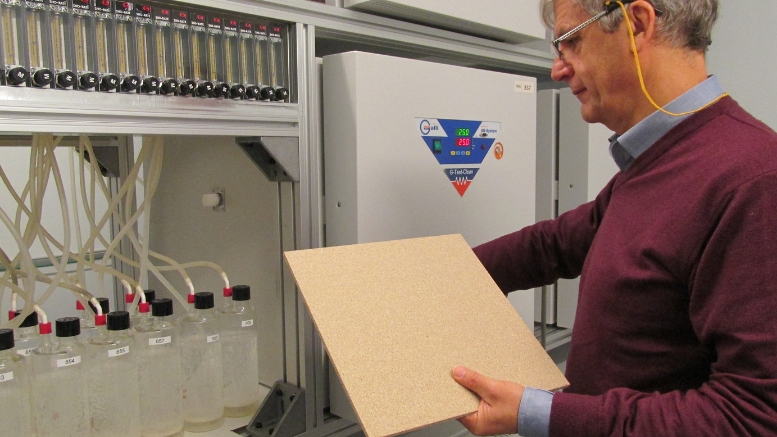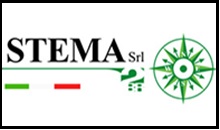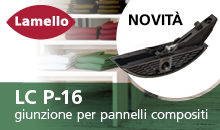The European Commission has set new limits for formaldehyde emissions from materials and finished products: Regulation No. 2023/1464, published on July 14, 2023, cuts the previous limits by half, setting the limit for wood-based materials at 0.062 milligrams per cubic meter.
Furniture and wood-based articles are in the forefront. This value chain is facing new regulations that replace the long-established E1 classification, so far the recognized standard legally adopted by many European countries, and for the first time are mandatory for enforcement across the European Union, as well as for import.
Companies in the sector will have three years to comply, the period of time necessary for the European Chemicals Agency (ECHA) to define, with the involvement of the European associations and organizations involved, the guidelines on test methods.
So, the race to reduce this substance, harmful for human health, continues; the topic has been discussed for years, and we have recently met Franco Bulian, director of Catas, the well-known test and certification laboratory, for deeper insight.
“I was already in charge when the discussion about formaldehyde hit the headlines in 1989, as the World Health Organization indicated that the concentration of this substance had to be kept below 0.124 milligrams per cubic meter to ensure healthy conditions in living and collective environments. It was just a recommendation, but many countries, Germany first, took it seriously. The focus was on wood-based panels, where formaldehyde is used in production, with an intensive period of research to identify test methods that could be shared and accepted all over Europe. Such research led to the famous “E1 classification”, which indicates all wood-based products that comply with the limits set by the Who.
The method identified is actually a sensible solution (that will be presumably applied also to tests for the new limits), based on strict scientific methods that define a correlation between laboratory results and the actual levels of emissions into the environments”.
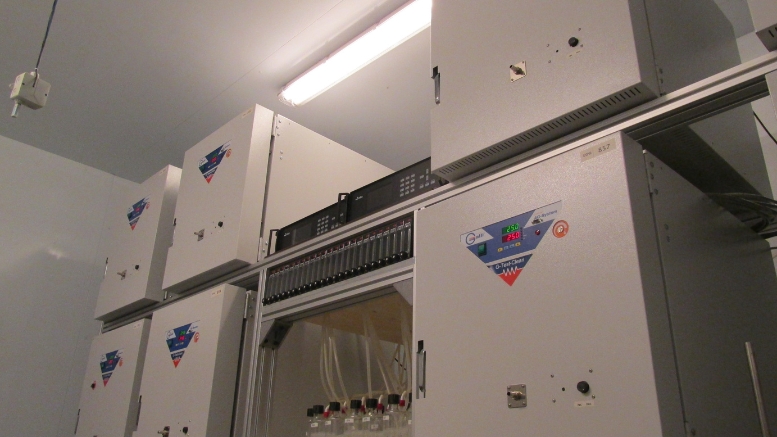
And what about Italy?
“Italy adopted this huge work only in 2008, making the use of “E1” panels mandatory. The same happened and is still happening in other European countries, but not all of them. In the following years, the most “virtuous” associations and industry groups promoted even stricter limits, but the standard has remained the same until today; now, following the classification of formaldehyde as carcinogenic substance, the European Union has enforced a new regulation for all its member States, with no exception, indicating that emission from wood-based materials have a maximum concentration of 0.062 milligrams per cubic meter, exactly half the value set by the previous Who classification in 1989.
And in three years, precisely from August 2026, the industry shall exclusively deal with panels that comply with these limits”.
Can we say that the formaldehyde question is officially closed?
“Not at all. By putting human health on top of all considerations, the lawmakers have tried to identify a tradeoff between health considerations and the inevitable needs of manufacturing, between what’s desirable and what is actually feasible.
As your readers know, all wood-based panels, both from virgin and recycled wood, are made of parts (particles, veneer or fiber) that must be held together by something, a “bond” in technical terms. This is normally a ureic adhesive, which includes formaldehyde in its recipe. The problem is that this glue degrades due to moisture, and formaldehyde generates inside the panel as a result; now, formaldehyde is a gaseous substance, so it can easily be released from panels, i.e. the furniture and furnishing elements around us. This process is even more significant is warm and humid environments…
Let me add that formaldehyde is ubiquitous, you can find it everywhere. I often say that there is little matter in the interstellar space, but a good portion of that matter is formaldehyde! You can also find it in our body, in blood, in wood itself… The greatest achievement would be to make panels that have the same formaldehyde content as the wood they are made of.
Furthermore, we live in environments that are increasingly insulated and airtight, so any volatile organic substance released by furniture or construction materials is hardly dispersed”.
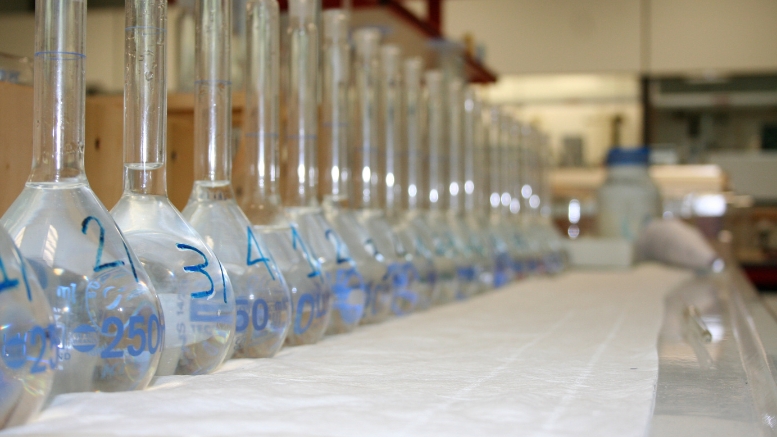
Hard times for furniture manufacturers?
“I wouldn’t say so: panel manufacturers can already offer products that comply with the new limit. Maybe we will see some “adjustments” in terms of costs and availability, but we have three years’ time to make a smooth transition.
We will face the fact that there are different regulations around the world. As mentioned, this new European regulation must be adopted by all EU members. For particleboard and Mdf, the limit is even lower than the strict standard adopted in the United States, which also means – conversely – that particleboard or Mdf panels meeting the “Carb” (California Air Resource Board) or “Epa” (Environmental Protection Agency) standards cannot be imported and used in Europe. For plywood, the US limits are very low, but we still have time to find a new “alignment” on a global scale.
Let me add a key difference between Europe and America: US legislation prescribes that panel emissions must be certified by a third party, while in Europe the manufacturer takes the responsibility to declare that a product distributed on the market complies with the applicable regulations. In other words, there is no “certification” obligation in Europe, although there is a widespread practice of submitting your products to tests and analysis by a specialized and recognized laboratory, to asses and certify that emissions are compliant.
And we should not forget that tests can identify possible new situations and conditions: can the reduction of formaldehyde content in the glues affect the panel performance? We might end up with panels of different quality resulting into “different” products. Industrial groups and companies, in collaboration with external partners, have been constantly working on these aspects, in order to guarantee and certify the quality and validity of their products.
Let me close by saying that I don’t expect the new regulation will make everybody happy, I will not bet that it is accepted and adopted all over the world. We will still have much work to do with formaldehyde, although we have already achieved a lot!”.
by Luca Rossetti

